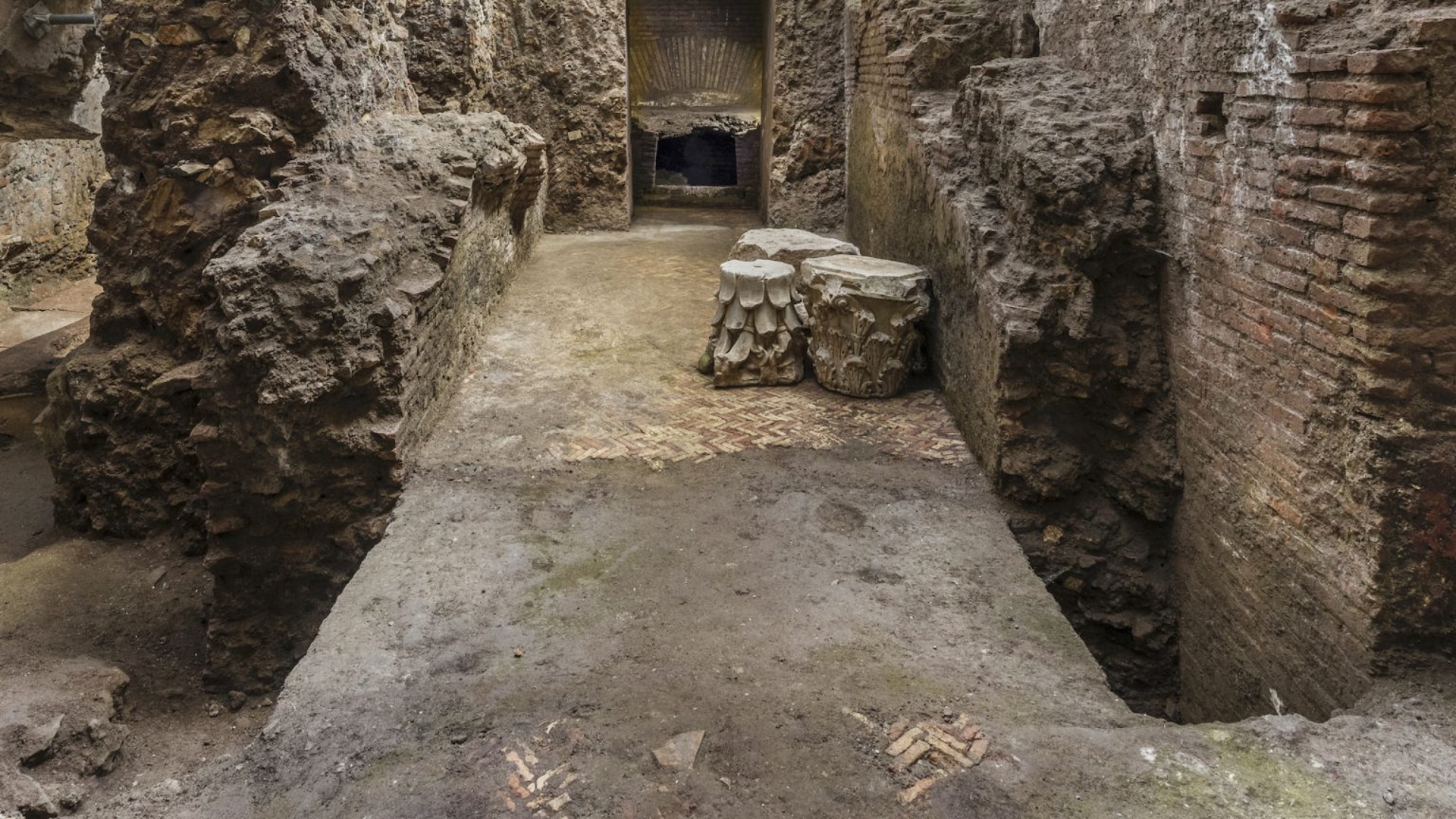
National Roman Museum – Crypta Balbi
Home to the National Roman Museum, along with Palazzo Massimo, Palazzo Altemps, and the Baths of Diocletian, it is an extraordinary example of an urban archaeology museum, a unique journey into the city’s past spanning over 2,000 years.
Located between Piazza Venezia and Largo di Torre Argentina, the Crypt itself dates back to the 1st century BC. It was a portico attached to the small, elegant theater built by Lucius Cornelius Balbus in 13 BC with the spoils of his victories over the Libyans. It served as a recreation area and refreshment for the audience during breaks between performances. Today, the museum recounts and preserves traces of the structures, buildings, and monuments that were built in this area over the centuries: from the underground areas containing the remains of the theater and the nearby Porticus Minucia Frumentaria (a large portico used for free grain distribution to the citizens of Rome), to the late-antique lime kiln, the fortified complexes and medieval merchants’ dwellings, and the 17th-century dormitory of the monastery of Santa Caterina, which houses the museum rooms.
The exhibition is spread over three levels. The ground floor presents the archaeology and history of the Balbo complex and the nearby Porticus. The first floor is dedicated to the most recent archaeological excavations, which have brought to light a complex of buildings constructed adjacent to the Crypt after the fire of 80 AD and finally abandoned in the 7th century AD. The second floor illustrates the transformations from Late Antiquity to the Middle Ages, with in-depth studies of material and artistic culture. The social, cultural, and living conditions changes of the city and its inhabitants are narrated through objects recovered from excavations or from other sites in the city.



